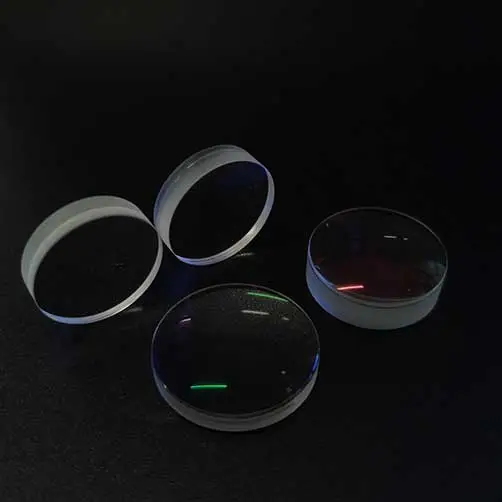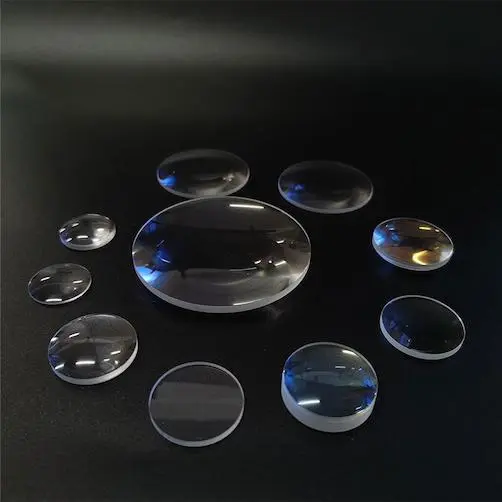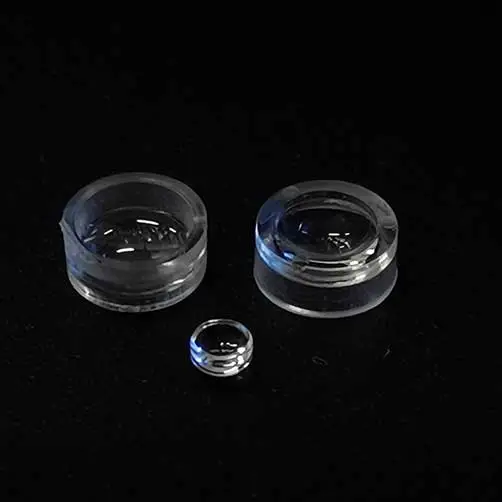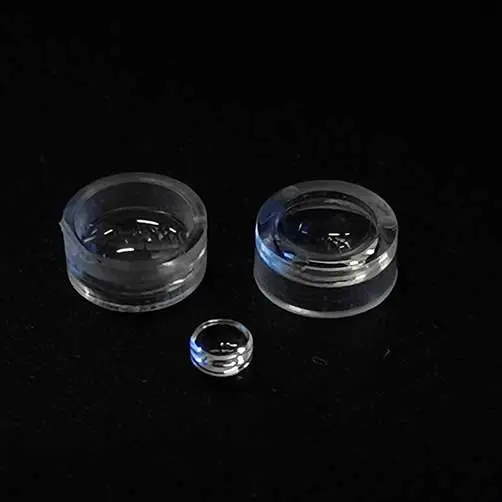
With wide-ranging applications and huge potential for future development, the global demand for civil infrared optical lenses is rapidly increasing. With the continuous maturity of infrared imaging technology, non-cooled infrared products have achieved significant results in miniaturization, low cost, and high reliability, thereby accelerating the release of demand in the civil field. According to forecasts, the total sales of global civil infrared device market in 2020 are expected to reach 5.6 billion US dollars, while the market demand for infrared optical lenses is around 500 million US dollars.
Civil infrared thermal imaging products have a wide range of applications, including security monitoring, smartphones, unmanned systems (including unmanned vehicles, unmanned ships, unmanned aircraft), industrial automation, intelligent robots, personal consumption, firefighting and police use, and industrial and power monitoring, among others.
Recently, due to the impact of the COVID-19 epidemic in 2019, the demand for infrared temperature measurement equipment has increased exponentially and become the leader in the growth of infrared applications. In the medium and long term, with the decline in product prices, potential demands such as automotive electronics, intelligent smartphones, and unmanned supervision will continue to be released. The infrared industry will not be overly affected by the global epidemic and will still witness an overall development trend.
The entire world is optimistic about the development of the infrared industry and is actively engaged in the industrial layout of the infrared industry with the concentrated resources being used for new product development, application integration of new technologies, and the expansion of new markets.
The competition in the IR lens industry will intensify, and the future infrared optical market will be dominated by powerful large enterprises, which will lead to the reshuffle of the industry.
Germanium materials are extremely important materials for infrared optical lenses, but due to their scarcity and high cost on earth, many companies are gradually adopting low-cost infrared optical materials such as sulfur glass, zinc sulfide, zinc selenide, sodium chloride, and high-resistant silicon. With the development of the infrared industry, the demand for infrared optical materials will reach hundreds of tons, making it a key factor that many professional companies focus on for their development and production.
Small-caliber, low-cost heat-differential IR lenses are the mainstream products for large-scale applications. Soon, there could be infrared optical lenses with prices under 50 yuan per piece in the market. The middle and high-end IR lens products mainly consist of continuous zoom IR lenses, medium-to-large caliber high-performance infrared fixed-focus lenses, and multi-spectral IR lenses. AI technology is widely used in the middle and high-end IR lenses. High-end products have higher added value but have higher technological thresholds, and their application fields are extensive, including security monitoring, gun sighting, handheld, automotive, shipborne, and airborne thermal imaging systems.
The requirement of "seeing farther, seeing more clearly, and seeing more accurately" explains the demand for high-end thermal imagers, where any component in the system has to be the best, otherwise it is difficult to succeed in the high-end market. For high-end IR lenses, it means developing towards the direction of long focal length, high zoom ratio, high pixel, high performance, miniaturization, and intelligence.
The lenses in infrared optical lenses will use new process technologies (non-spherical, diffractive surfaces), new materials, and new methods (precision compression-molding lenses). Lenses will gradually realize modularization and integration, and wafer-level infrared optical technology will further popularize, achieving large-scale production in the infrared optical field using semiconductor production methods. Traditional infrared optical manufacturing methods will be gradually replaced, and the assembly of infrared optical lenses will become automated and intelligent. These are the future paths of infrared optics.



